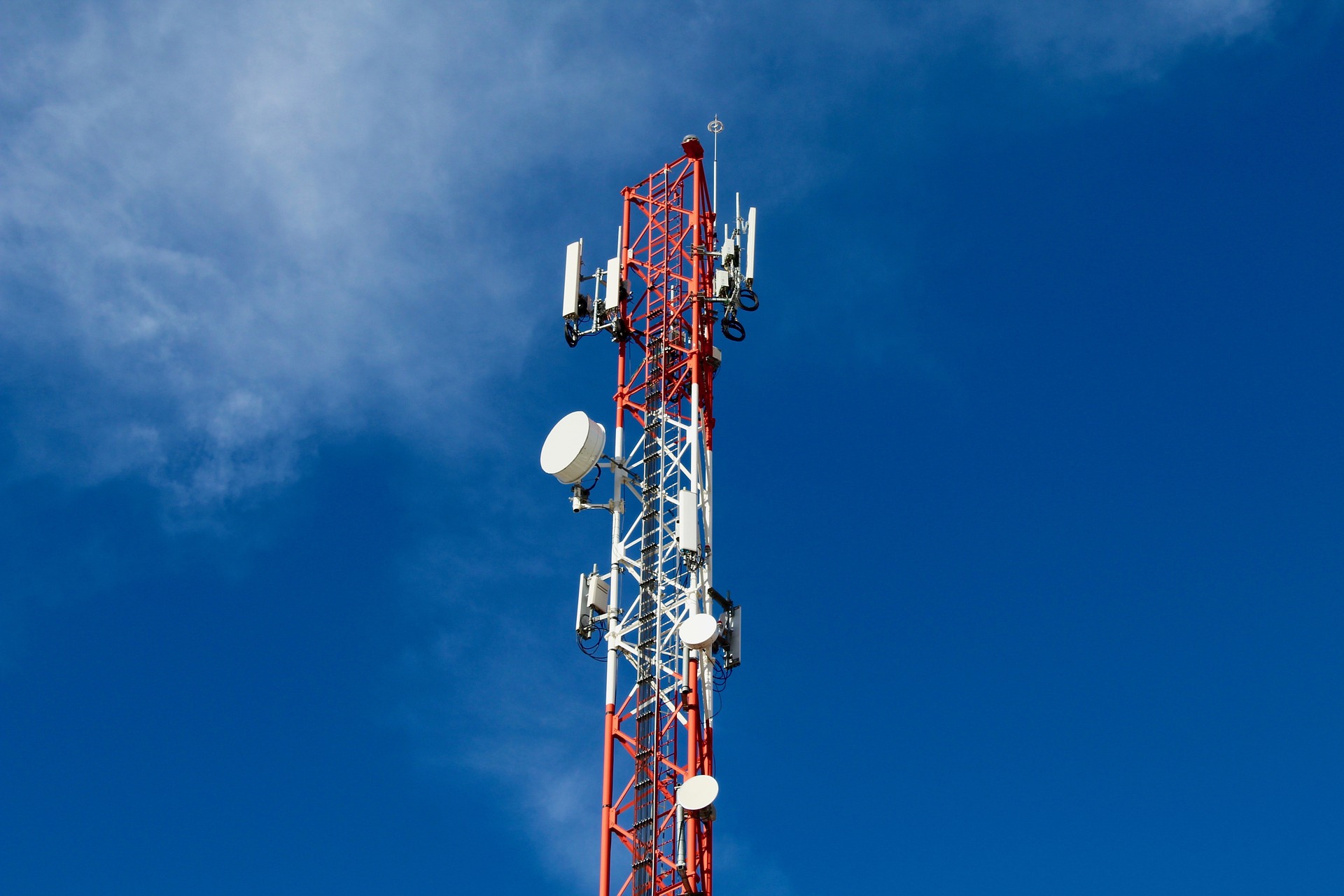Broadband Networks: Enhancing Connectivity in a Digital Age
As the global digital landscape morphs rapidly, the demand for reliable internet connections is more pressing than ever. How suitable is the current broadband infrastructure to handle this upsurge? And more importantly, what are the strategies in place to improve it?

The Genesis of Broadband Networks
Broadband networks originated as a desirable alternative to the narrowband internet connections around the 1990s, revolutionizing data transmission speeds and changing the face of digital communication. Since its inception, continuous improvements in the technology have progressively addressed evolving digital needs.
The Modern-day Broadband Landscape
In the current era of digital media consumption and remote work, robust broadband services have emerged as indispensable. From a regulatory perspective, net neutrality norms are shaping how service providers manage data traffic. Additionally, the FCC’s recently revised broadband standards reflect an industry-wide intention to uplift connectivity standards.
Impact and Challenges of Broadband Networks
Broadband networks provide an array of benefits - enhanced data transfer rates, support for multiple users, and a platform for advanced applications like video conferencing. However, there are challenges too. For one, achieving extensive coverage and service uniformity across diverse geographic terrains is a daunting task. Furthermore, the burgeoning demand for data spells increased pressure on network capacities.
Practical Applications and Future Prognosis
While broadband networks power many aspects of our digital lives today, their future role is anticipated to be even more significant. They’re slated to be indispensable for emergent technologies like telemedicine, online education, cloud computing, and others, signifying their vast potential.
In summary, current advancements in broadband network planning demonstrate the industry’s commitment to addressing connectivity issues. Although significant challenges exist, the potential of these networks remains immense - a testament to their crucial role in navigating our digital future. As these robust systems evolve, they will undoubtedly shape the way we live, work, and connect in an increasingly digital world.




